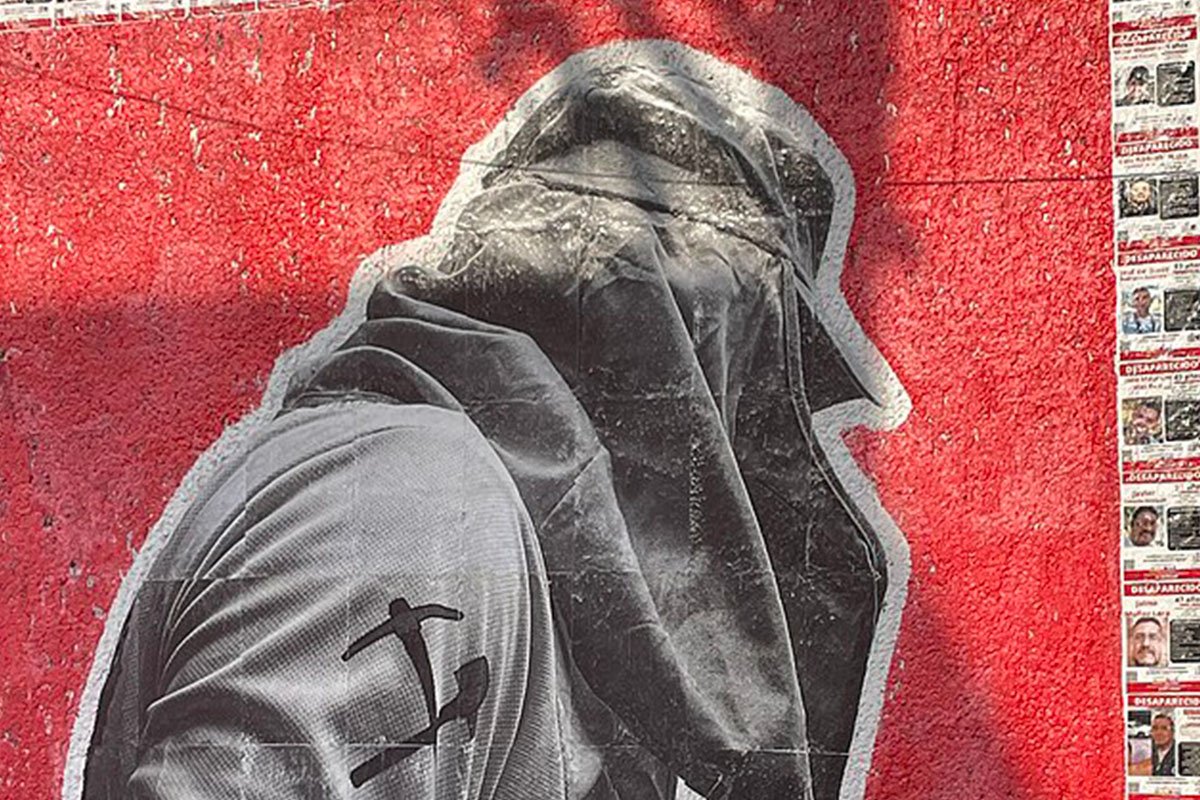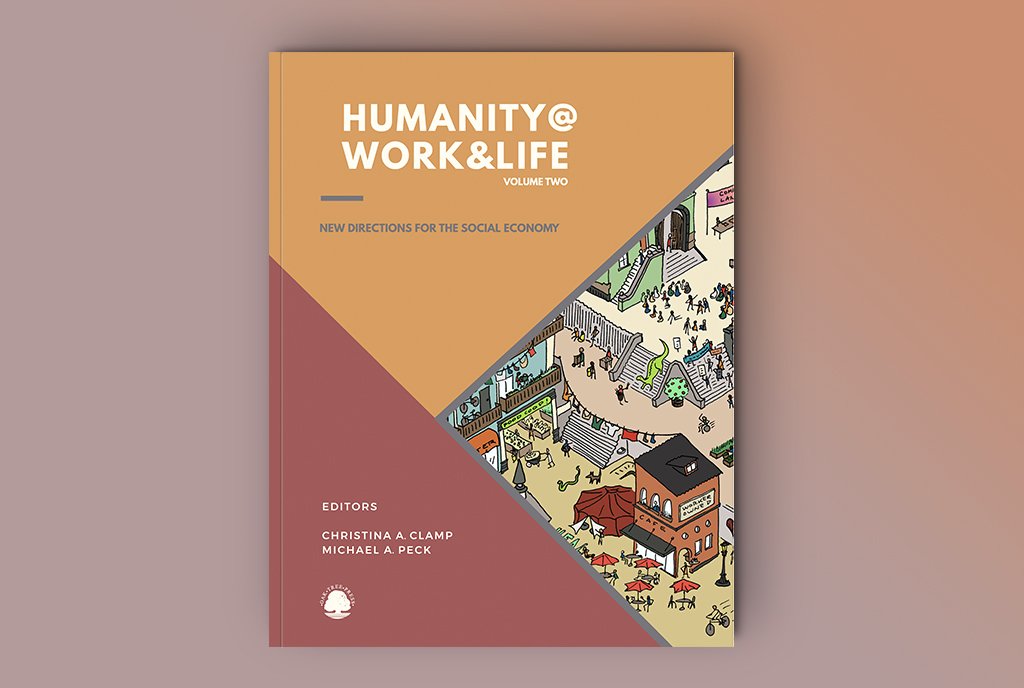
The workers at VW…have shown it is possible. I expect more of the same to come. Workers are fed up.
Shawn Fain, president, United Auto Workers,
interview with the Guardian, April 22, 2024
When votes were tallied last month in a National Labor Relations Board (NLRB)-certified election held at a Volkswagen plant in Chattanooga, TN, the results were decisive: 2,628 workers voted in favor of joining the United Auto Workers (UAW) compared to 985 against. There were seven challenged ballots and three voided ballots. A total of 4,326 workers were eligible to vote. In other words, of workers casting ballots, 73 percent voted in favor, in an election with a turnout rate above 83 percent.
The UAW victory in Chattanooga is historic, marking the first time it ever won a union election at a non-Big Three auto assembly plant in the South.
Decades ago, such a strong pro-union vote at an auto factory would have been unsurprising. During the heyday of the “Big Three” automakers—General Motors, Ford, and Chrysler (now Stellantis)—all major US auto assembly plants were unionized. But those days have long passed. If you include parts factories, auto sector unionization has fallen from 60 percent of workers in 1983 to 16 percent in 2023.
Today, the UAW represents about 146,000 workers (57,000 at Ford, 46,000 at General Motors, 43,000 at Stellantis) at the Big Three companies. Meanwhile, there are now roughly an equal number of US factory workers—an estimated 150,000 people—at about three dozen facilities owned by 13 other auto companies across the US South, all of which were nonunion until last month’s election.
There’s no doubt that the UAW victory in Chattanooga is historic, marking the first time it ever won a union election at a non-Big Three auto assembly plant in the South. Of course, the victory may prove to be a one-off. But it is also possible that the organizing victory, coming on the heels of a national labor surge, could be of far greater significance.
Obstacles to Union Organizing
It is well known that labor laws in the United States make joining a union difficult. This is one major reason why, even though 71 percent of Americans say they “approve” of unions, only 10 percent of American workers are members of one (and only 6 percent in the private sector).
Typically, the federal NLRB-governed process requires plant-by-plant elections, which tends to maximize corporate power (since a company can dedicate its resources system-wide to defeat a union organizing drive). Union wins, of course, do occur. Chattanooga is a case in point. Unions have also succeeded in winning elections at hundreds of Starbucks stores.
But even so, these elections are often far from fair contests. Elections sound democratic, but an election at a workplace is not the same thing as a government election. Elections for public office have their own flaws, but one thing voters can be reasonably sure of is that they will not be kicked out of the country (or state or locality) if the “wrong” party wins.
But in a union election, it is rather routine to be told at a mandatory meeting on company time that your workplace might close (and your job disappear) if you vote the “wrong” way. Such threats are illegal, but there is a $400 million-plus “union avoidance industry” of lawyers that advise companies on how to skirt the line.
Sign up for our free newsletters
Subscribe to NPQ's newsletters to have our top stories delivered directly to your inbox.
By signing up, you agree to our privacy policy and terms of use, and to receive messages from NPQ and our partners.
For example, in Chattanooga, in 2019—the last time there was an election at the Volkswagen plant—Frank Fischer, then the plant’s chief executive, at two mandatory company meetings “insinuated that the United Auto Workers were to blame for the closure of Volkswagen’s plant in Westmoreland, Pennsylvania, in 1988.” The UAW lost in 2019 narrowly, with 833 workers voting no versus 776 voting for the union.
Sometimes, too, politicians enter the fray. For example, in 2017 at a Nissan plant in Canton, MS, Chris Brooks of Labor Notes described what he called an “anti-union trifecta” of company management, the state political establishment, and outside business advocacy groups, who “all joined in the anti-union crusade.” Even the governor issued an anti-union statement a week before the election.
The UAW lost that vote by a large margin—2,244 to 1,307 or 63 percent to 37 percent. One big reason for the union defeat, Robert Hawthorn, a pro-union frame worker at Volkswagen, told Brooks, was that “people were really terrified that they were going to lose their job.”
Avoiding this intimidation gauntlet is one leading rationale for the Protecting the Right to Organize (PRO) Act, which would, among other things, facilitate “card check” recognition—meaning that companies would be required to bargain in good faith with a union in which a majority of workers were certified by the government to have signed cards requesting union representation. In British Columbia, Canada, similar legislation was passed into law in 2022.
Even more significant was the strike in the fall of 2023 and the win of a transformative contract. The “Stand Up” strike was innovative.
What Has Changed?
The barriers facing workers seeking to organize a union can be “intense” as Brooks put it in his article about Canton. But this time, in Chattanooga, the outcome was very different. How was it that a factory whose workers back in 2019 (and also in 2014) had voted against the UAW came to be so overwhelmingly in favor of the union, as demonstrated in this year’s vote? There are a few factors that help explain this shift:
- A Rising Labor Movement
Evidently, labor organizing is, broadly speaking, having a moment, with union campaigns winning in multiple sectors where they had little headway before. Unions have also been engaged in an increased number of strikes, many of which they are winning. As Jobs with Justice’s Erica Smiley wrote in NPQ last year, “Workers have experienced a great awakening. In the process, they forced [organizers] to wake up, too.”
- A Democratic Union
Shawn Fain, who became president of the UAW in March 2023, is the first one directly elected by the rank and file in the union’s 89-year history. The new election system, notes labor reporter Steven Greenhouse in Politico, came after a “corruption scandal in which a dozen UAW leaders, including two former presidents, were ultimately convicted of embezzling more than $5 million in funds for luxury items and travel, from hotels and golf trips to cigars and liquor.” In response, union members voted (63.7 percent in favor) to amend the union constitution to require direct election of national officers, a measure that was ratified in a consent decree that the union had entered into with the US Department of Justice.
- A New Union Culture
The election has led to a complete cultural shift. Early on, Becca Roskill in The Nation saw in Fain’s election and the rise of a reform caucus to leadership in the UAW a sign of the end of business unionism, a “business friendly” unionism that seeks out “win-win” solutions with management. Fain offers a very different, much more working-class-centered approach. As labor historian Nelson Lichtenstein wrote last fall in Jacobin:
The UAW is today led by a cohort of militants whose ambitions are expansive and transformative. President Shawn Fain’s rhetoric resembles that of both the legendary Walter Reuther, a social democrat who presided over a collective bargaining regime that doubled the real incomes of US autoworkers, and Bernie Sanders, whose denunciation of the billionaire class has animated a larger slice of the working class than any tribune since Eugene V. Debs. And there seems no doubt that a majority of autoworkers, not to mention millions of other US workers, heartily endorse the new militancy.
This time, there is a more worker-led and relationship-based organizing approach.
- A Union Win
Even more significant was the strike in the fall of 2023 and the win of a transformative contract. The “Stand Up” strike was innovative in its use of tactics—striking individual plants rather than entire companies but also engaging in actions at each of the Big Three companies at once rather than selecting a single company. This strategy thus directly engaged workers at all Big Three companies.
The strategy also led to a record-setting contract, including raises of 25 to 33 percent over four-and-a-half years; shortening of timelines to reach top wage levels; and the elimination of a tiered wage system, in which new employees had been placed on lower wage scales with more limited benefits than senior employees. The contract also included provisions to ensure that workers producing batteries for electric vehicles, an obviously growing market segment, would be included in the master union contract.
- Momentum-Based Organizing
Of course, the contract victory is a major advertisement for workers not in the union to join the union. The approach that the UAW is using seeks to explicitly build on the momentum from the fall of 2023. As labor historian Bob Bussel explains, the union is announcing the share of workers who have signed union cards in stages. Once 30 percent sign cards, the organizing campaign is publicly announced. Once a majority have signed cards, a public rally that includes workers’ neighbors and families is held (with an appearance from Fain). Once 70 percent of a plant’s workers have signed cards, the union petitions for recognition from management (and if, as usually happens, management refuses, at that point an NLRB election is scheduled). The idea behind this process is to help workers build community support, feel greater ownership over the campaigns, and break down workplace isolation.
As labor reporter Alex Press elaborates, “Previous UAW campaigns to try to organize southern auto plants involved more staff organizers, and they failed.” This time, there is a more worker-led and relationship-based organizing approach, “one that empowers workers to move quickly to organize among themselves while there is still momentum from members’ successful Big Three strike.”
What Lies Ahead
The UAW has pledged $40 million to support organizing across the South. Already, an election at a second facility, this one a Mercedes plant, has been scheduled. This election will involve 5,200 workers and will take place from May 13 to May 17.
Not surprisingly, there are a litany of efforts to stop the UAW’s momentum, as Press identifies in her Jacobin article on the Alabama union organizing campaign. For instance, a day before the Chattanooga vote, six Republican governors from Southern states issued a statement claiming that unionization “would put our states’ jobs in jeopardy.”
But the workers in Chattanooga voted more than two-to-one for the union anyway. It was a dramatic shift. And there may be more to come. Harley Shaiken—a labor historian at the University of California—predicted to CNN that “the gains in Chattanooga won’t stay in Chattanooga.” Smiley concurred, emphasizing that “unions must stop seeing the South as no man’s land.”











